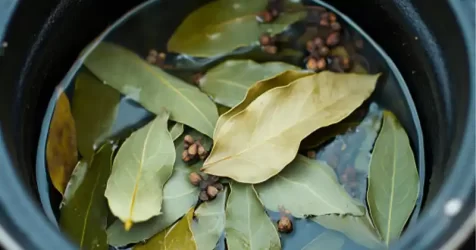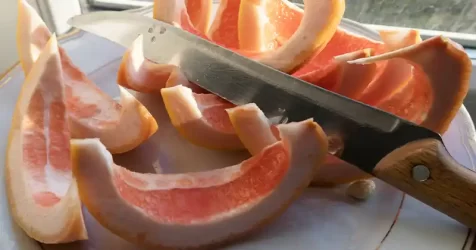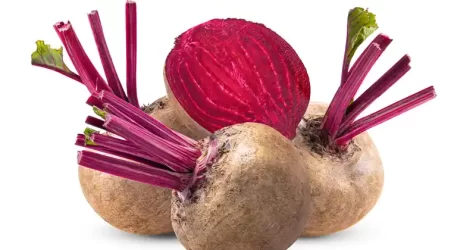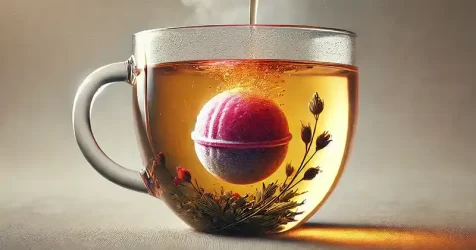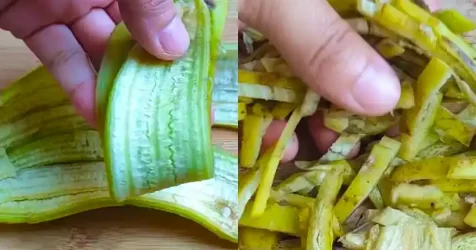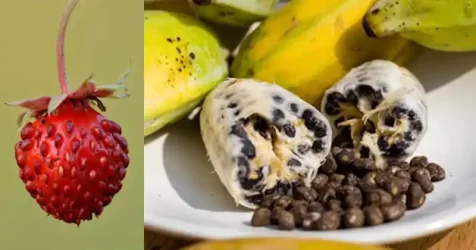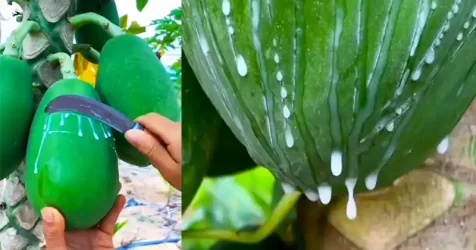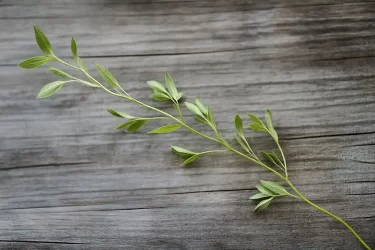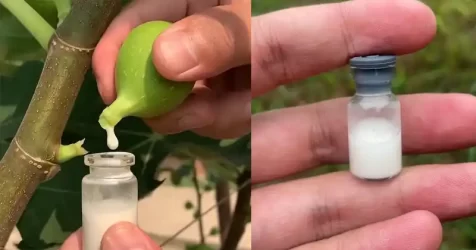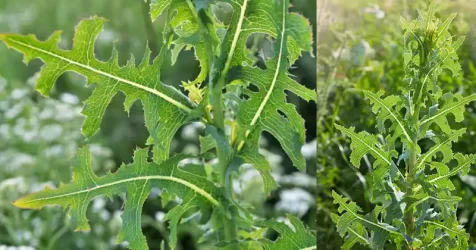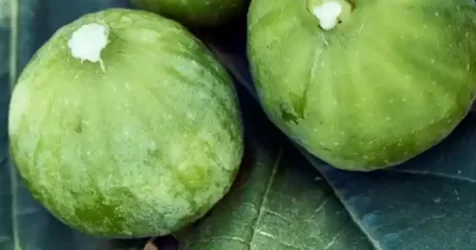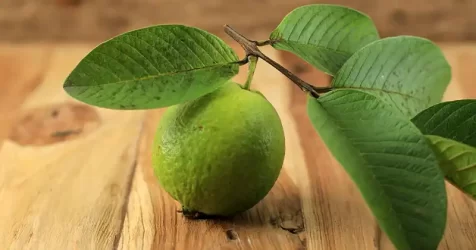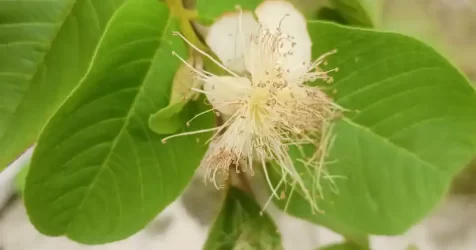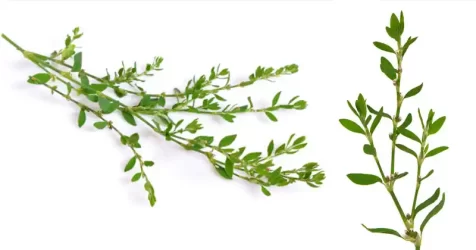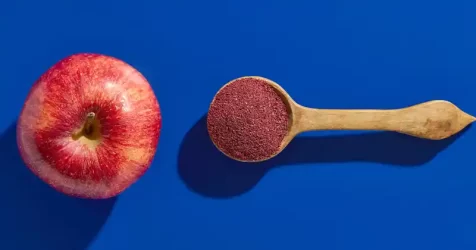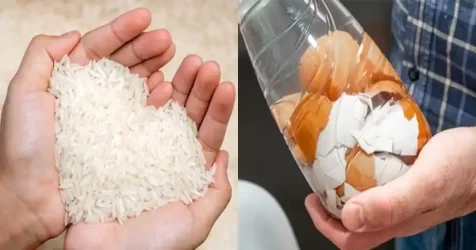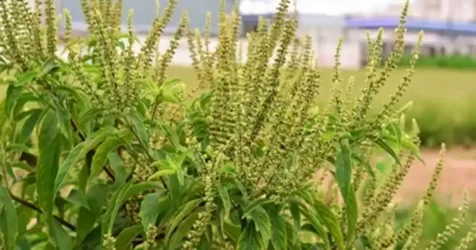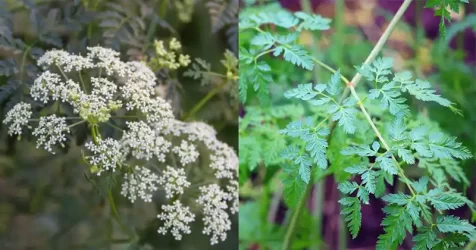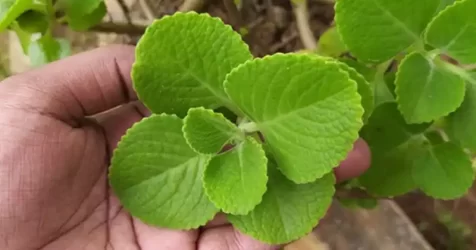Change the color of your flowers with these 3 simple techniques
If you are looking to surprise someone with a beautiful bouquet of flowers, what better than to do it with some of their favorite color! And if you don’t know how to change the color of them, here we will leave you 3 different ways to do it.
1- Capillarity or water absorption

If you opt for this option, it is best to choose white flowers, the change will be easier and more obvious.
Steps to follow:
Mix warm mineral water with vegetable aniline powder of strong color in a glass. It is advisable to use more than the amount recommended by the manufacturer of this organic compound so as not to fall short.
Without removing the leaves, make a cut at the bottom of the flower stem.
Immediately put the flower in the container and place it for two or three days in a bright place.
An alternative to aniline is food coloring, but you can also use fruits and vegetables in such a way that the mixture is much more natural and damages the flower as little as possible.
If you like the color magenta, use beets; if you prefer green, spinach; to get an orange hue, carrots; blue hues are achieved with blueberries; the red one with strawberries and the purple one with blackberries.
Cook the fruit diluted in water for a quarter of an hour or crush it in a blender as if it were a smoothie (removing bones, leaves and seeds before handling). Next you must follow the same steps as with aniline.
2- Direct absorption
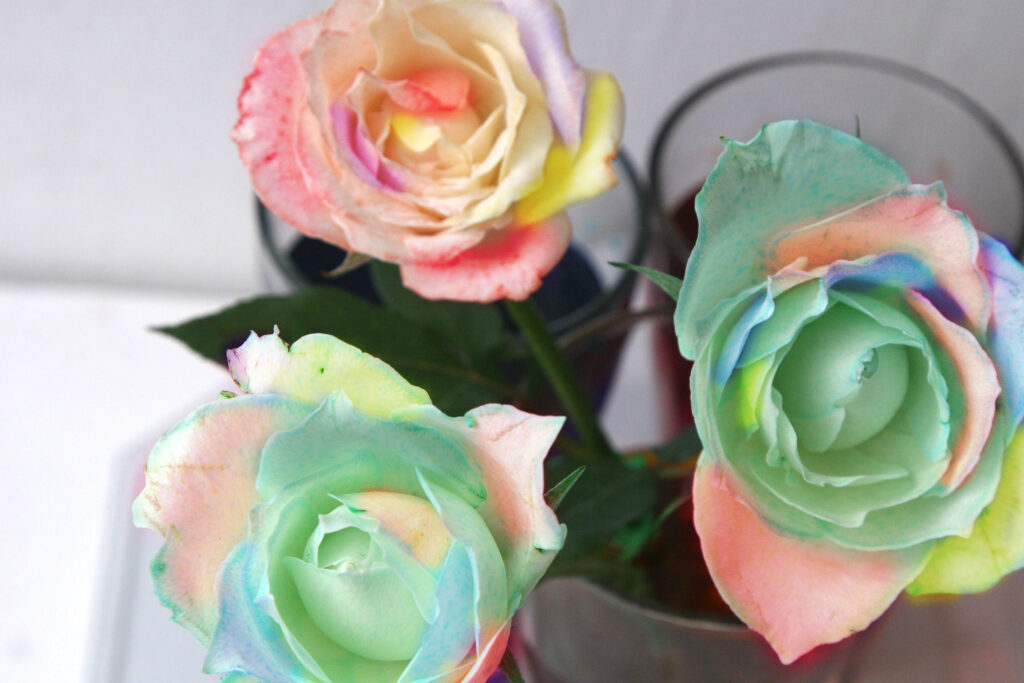
Since the dyeing through this technique is of lower quality, its use is less advisable. However, if you want faster results and opt for it, you will have to place two or three tablespoons of India ink in a glass of water and heat it for a while in the sun. After this, submerge the flower upside down, making sure that the stem does not lack water, and let it rest for 24 hours.
3- Dried flower dyeing

Dried flowers can be decolorized with bleach or completely changed color using more complex compounds.
Once dry, you must remove those parts that have not been done properly and, later, proceed to tint them with aerosols, anilines or glycerin.
If you like our ideas like our page and share!
Source: Plants.easy
